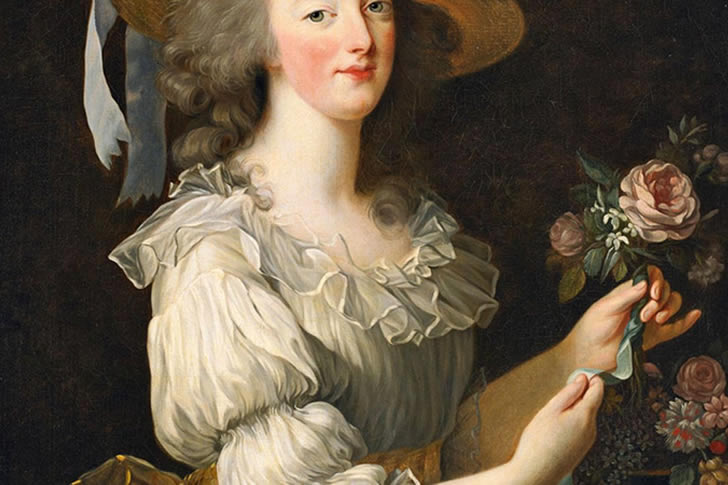Muslin Disease

In early 19th-century France, women wore thin muslin dresses soaked in water or perfume to cling to their bodies and highlight their curves. This bold fashion was seen as revolutionary and sensual. The dresses, sometimes worn without undergarments, met the French law limiting clothing weight to under 3.5 kg.
However, the wet, sheer fabric left women vulnerable to cold. Many caught pneumonia, and during an 1803 flu outbreak in Paris, the illness was dubbed “muslin disease.” Despite the health risks, women embraced this trend as a form of liberation and resistance against conservative norms. It’s a striking example of style over safety.
Advertisements
Advertisements
Advertisements











